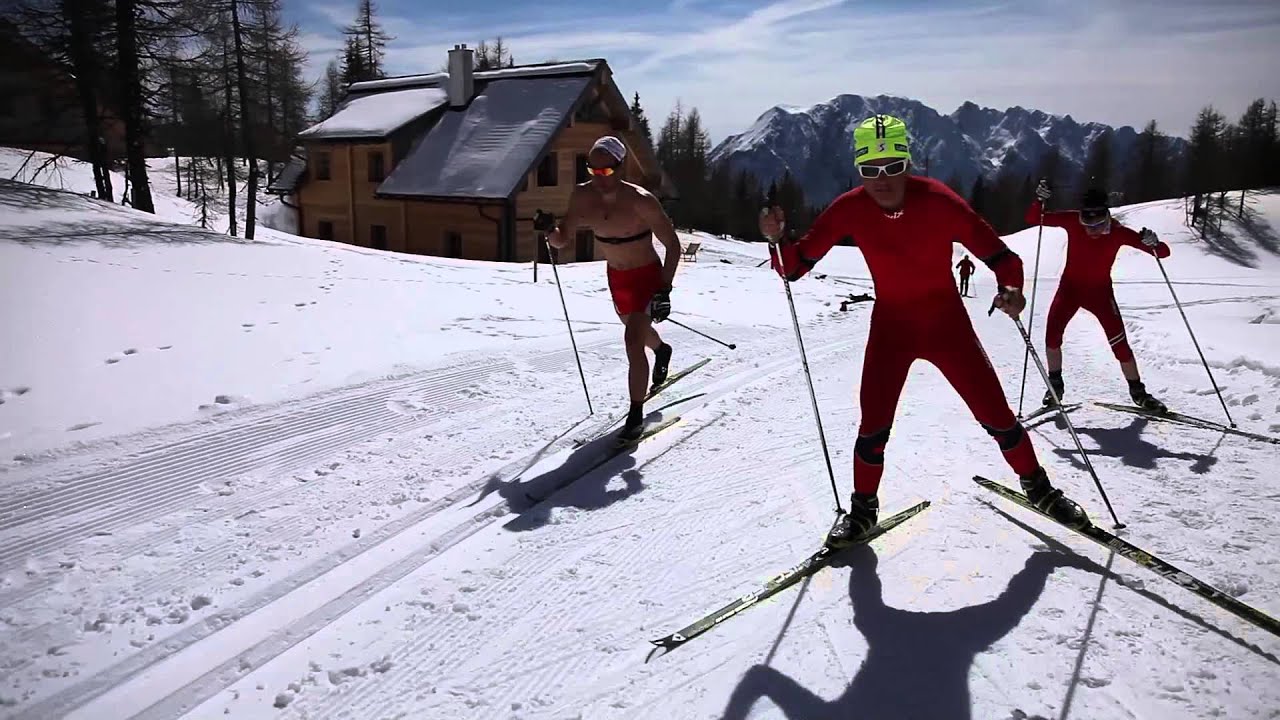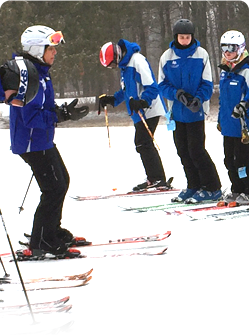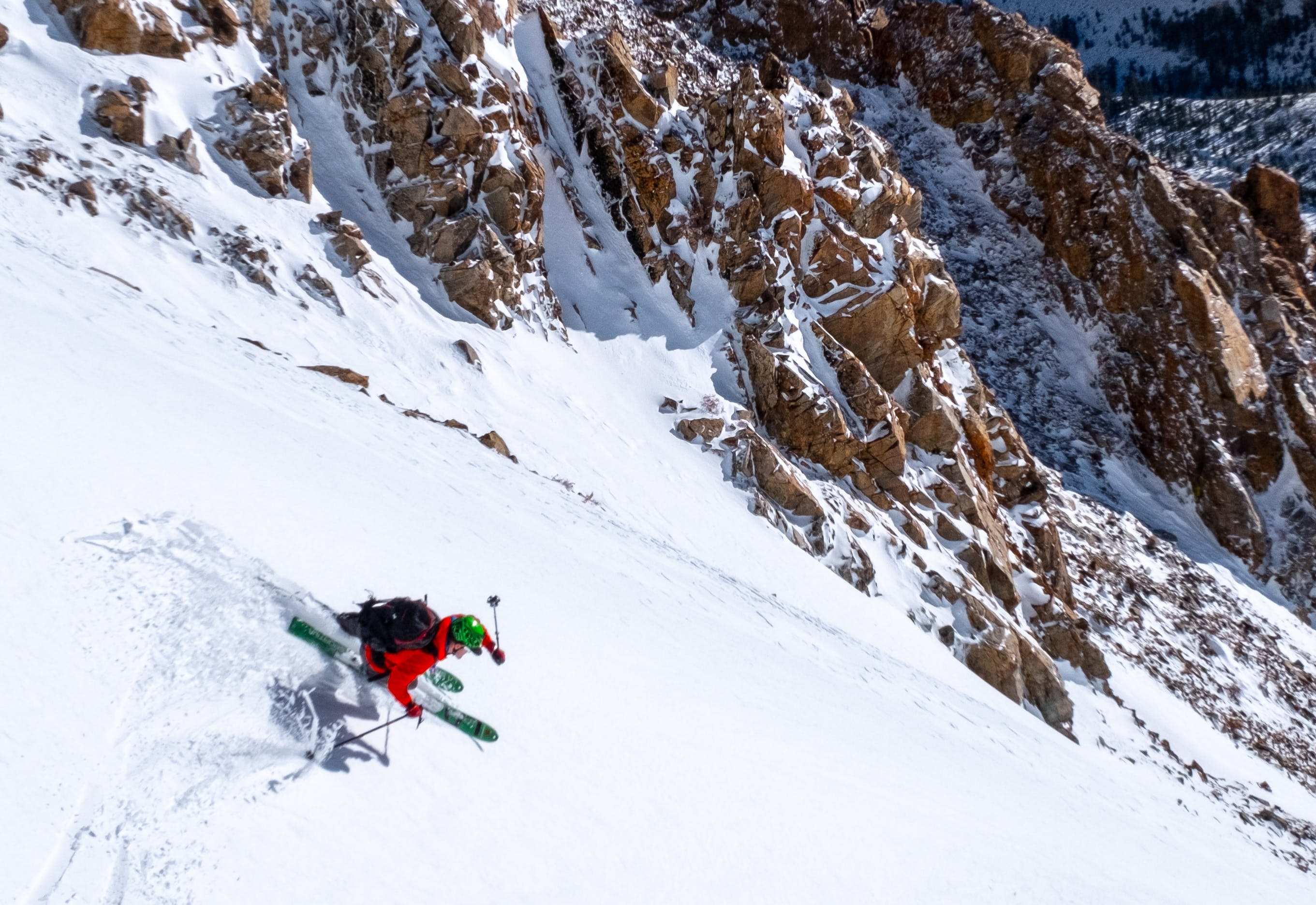
The best clothes to wear under ski pants are the ones that offer insulation, while still keeping you comfortable. These clothes prevent irritation from the socks-underwear-boot combination, so you can ski instead of worrying about sweating.
Consider how often you will be wearing the base layers. Are you looking for something that is snug enough to keep your body warm or more athletic? The base layers of synthetic fabrics are often closer to the skin. This helps prevent chafing and wicks moisture better.
You should also consider your level of activity as well as the weather conditions. For sunny, cold days, you may only need one layer, while heavier layers are needed for rainy or windy days.
There are many options for long and base layers. It is important to understand what you need to choose the right products.

A base layer should be form-fitting, tight, or athletic. It will touch every part of your body and will be able wick moisture away to keep you dry. You will have a more enjoyable day on the slopes if you choose a good fit.
Ski pants made for women are a great option. They are usually 20% lighter than ski pants for men, and they have a slightly softer feel to fit the natural movements and curves of the female body.
They are more breathable that their counterparts so they don’t trap water in your pants. They're also made to move with you and provide some support to prevent the dreaded "slouched" feeling that can be common among women on the mountain.
You want a fabric that will wick sweat, keep your body warm, and resists odors. You'll find a wide range of fabrics on the market, including polyester blends and polypropylene.
Merino wool, which is soft and breathable, will keep you warm. Its natural fibers wick sweat away so you don't feel sticky after a hard day on slopes.

This base layer is ideal for skiers who love the feel of wool and don't want to sweat as much or be burdened by synthetic base layers. You could also choose a fleece base layer, which will be lightweight and flexible enough to withstand warmer temperatures.
To avoid any extra weight in your boots, they are 3/4 long. They can be used for both skiing and snowboarding because they are 3/4 length.
These are the most comfortable clothes you can wear under your ski pants. These are also great investments that will allow you to get the most from your next snowboarding or skiing session.
FAQ
What should I put in my luggage?
Two pairs of shoes is a good rule of thumb. You need one pair for walking in the city; another pair to go on vacation.
A good idea is to make sure that you have enough clothes in both cases. It is important to have extra clothes in case you travel by plane.
It's a good idea to bring along some clothes for longer stays. This will make it easier to go shopping for new outfits and won't make you feel uncomfortable.
Comfortable shoes are a must if you're going to be taking the train or bus. Also, if driving, bring extra tires.
Also, remember to bring plenty of toiletries, such as shampoo, toothpaste, moisturizer, deodorant and toothpaste.
Last but not the least, you will need a flashlight as well as insect repellent, sunscreens, sunglasses, a hat, first aid kits, and sunblock.
Do not forget to pack all your essentials in one bag. By doing so, you can save time and space.
Don't forget to bring a towel and a washcloth. These will come in handy after a long day sightseeing.
Where should I store my luggage?
There are many choices. One of the most popular options is to use airport lockers. They are generally located near security. You can get one for $5-10 per Day, depending on how big the locker is.
Another option is to rent a storage unit. These units are commonly found outside shopping centers or large hotels. There are discounts available for multiple units, although prices can vary.
A third option is to hire a porter. A porter will take your luggage from the carousel and bring it to your room. A small fee is charged each time the porter helps you.
What should I pack for a vacation trip?
It's important to decide what you want for your holiday. It's more than packing clothes. Also, think about where and how long your stay there.
It is important to consider what kind of activities you want to engage in. For instance, if you travel to exotic places, you may consider diving. If you plan on staying longer, you may want to attend local festivals.
If you have any health issues, then it is important that you tell the people who will be looking after you so they can plan accordingly.
Which are the best places to stay abroad for a bargain?
Cheap accommodation options for travelers include hostels, hotels, guest houses, and bed & breakfasts.
Hostels are inexpensive and offer dorm-style rooms where guests share bathrooms and living areas.
Hotels are often located in tourist areas. They offer private rooms with en-suite bathrooms.
Hostels have similar features to guesthouses, but they are more spacious and can accommodate fewer guests.
Bed & Breakfasts are very popular among budget-conscious travelers. The guests stay in their own homes and receive a full breakfast as part of the stay.
What is the first thing to do after arriving at your travel destination?
A plan should be prepared for each step of your journey. This helps you to know what to expect and where you should go next.
Plan ahead to make sure you don't overlook anything.
For example, if you plan on visiting a city for more then one day, make sure you research which parks, museums, and landmarks are available.
A map of the area may be useful and you might want to read up on the history.
Statistics
- Case in point: the private island of Ilha Caldeira, less than seven miles off the coast as part of the Primeiras and Segundas Archipelago, is located within the marine-protected area with 20 percent of the country's intact living coral. (travelandleisure.com)
- Alcoholic beverages with 24% alcohol or less are not subject to limitations in checked bags. (tsa.gov)
- Alcoholic beverages with more than 24% but not more than 70% alcohol are limited in checked bags to 5 liters (1.3 gallons) per passenger and must be in unopened retail packaging. (tsa.gov)
- Pack sweaters, jackets, and underwear in reusable compression bags creating up to 75% more space in your luggage. (wikihow.com)
- They're also likely to offer babysitting services, in case you'd like to have dinner one night after 7 p.m. (travelandleisure.com)
External Links
How To
How to plan your next vacation
Planning a trip includes many things such as booking flights, hotels and car rentals. It involves important considerations like your budget, destination choice, weather forecast, etc.
These points are essential to keep in mind when you plan your next vacation.
To ensure you get everything right, we have created a step-by-step guide to help you plan your next vacation. This guide has been prepared based on our experience and customer feedback. We hope that by following this guide, you can plan your next vacation without any hassle.
Steps:
-
Plan your Budget. This is one of the most important steps to prepare for a trip. Before you start to think about where to go or what to do, it is important to determine how much money you have available for your trip. You might have to cancel your plans if you don't have enough money.
-
Book Your Tickets - Once you've decided on your budget and set your priorities, booking your flight tickets is the first thing that you should do. Find the best price and lowest flight deal. In addition, make sure you check whether there are any special offers for certain seasons. These deals could help you save a lot of cash.
-
You can choose your destination - Once you have purchased your ticket, you need to decide where you would like to go. Multiple factors come into play when choosing your destination, including location (where you're going), climate (what season to visit), culture (how friendly people are), and cost (how affordable it is).
-
Find Accommodations - After choosing your destination, the next step would be finding accommodations. There are many options for accommodation, from budget hostels to luxurious suites. Choosing the right type of accommodation depends on your needs and preferences. If you're looking for an area close to downtown, a hotel may not be the right choice. On the other hand, if you prefer quiet places away from crowds, a homestay may suit your requirements better.
-
Select Activities & Attractions. After you have chosen your accommodation, now it's time to choose the activities and attractions that will be included in your itinerary. Depending on the length of your stay, you can either choose only a few activities or add several new ones throughout your trip.
-
You can now determine your schedule. To achieve maximum value from your trip, you should stick to a fixed schedule. It's okay to be flexible and enjoy your vacation more.
-
You can create an itinerary by creating itineraries. These information can include flights, accommodations, activities and restaurants. You will need to record them all and make a list.
-
Research Online - Do your research online before you travel. Find out what other travelers have to say about different destinations by reading reviews and testimonials. This will help you plan.
-
Avoid Overpacking - Too many clothes can make packing a nightmare. Do not bring more than three sets of clothes. Make sure you bring clothes that are appropriate for the area.
-
Be prepared. Be prepared before you set off on your trip. You don't want to waste time searching for important documents while you're still in transit.